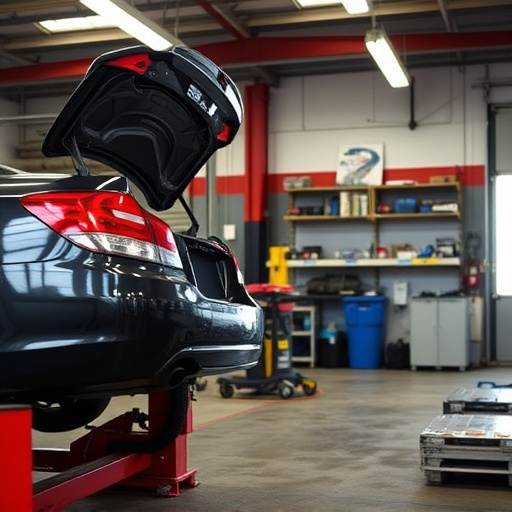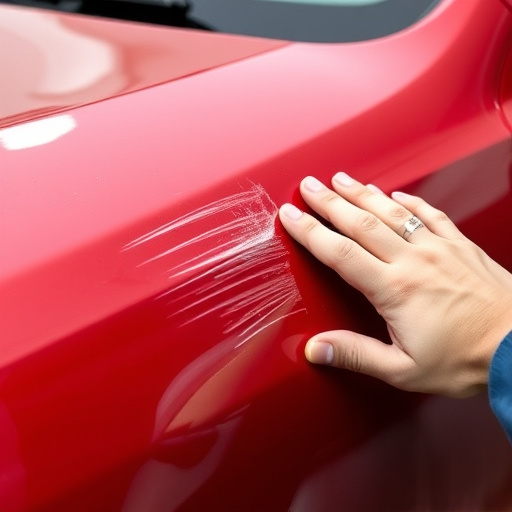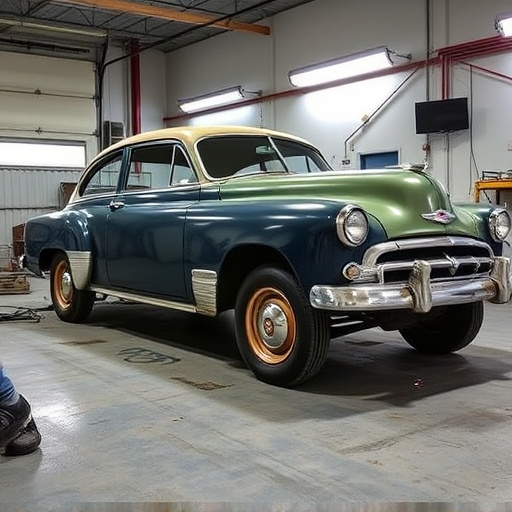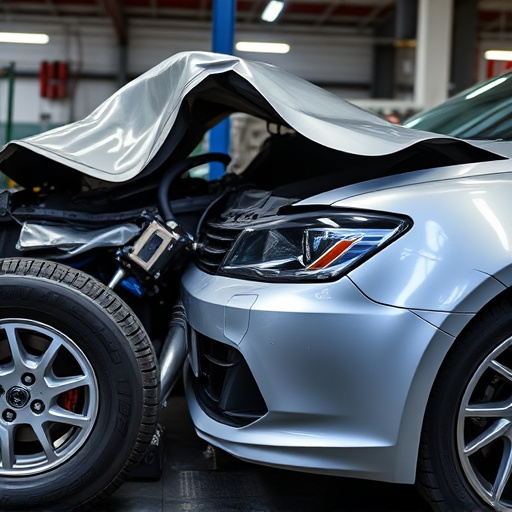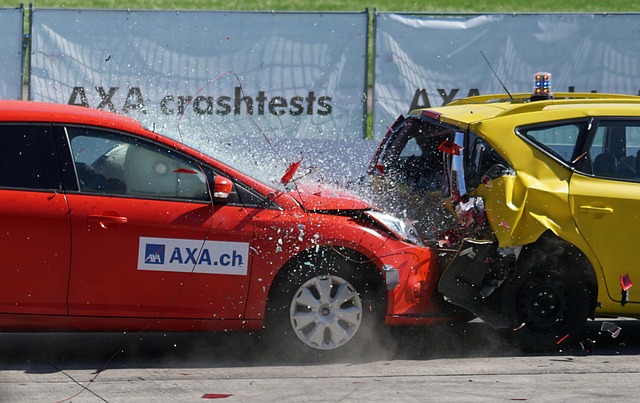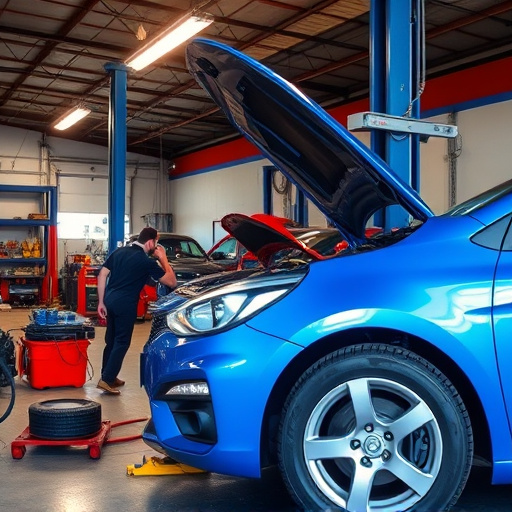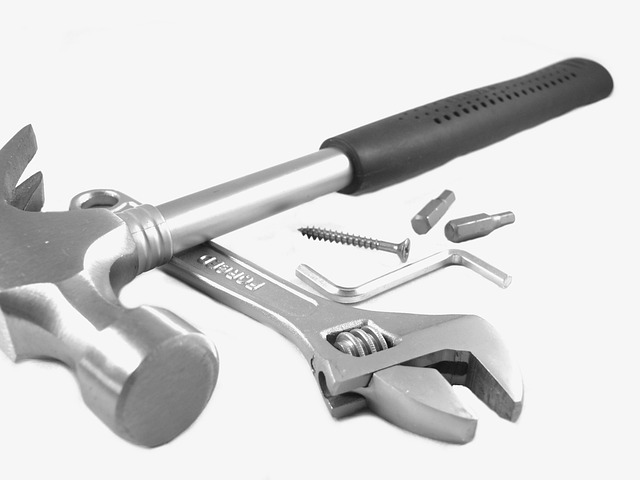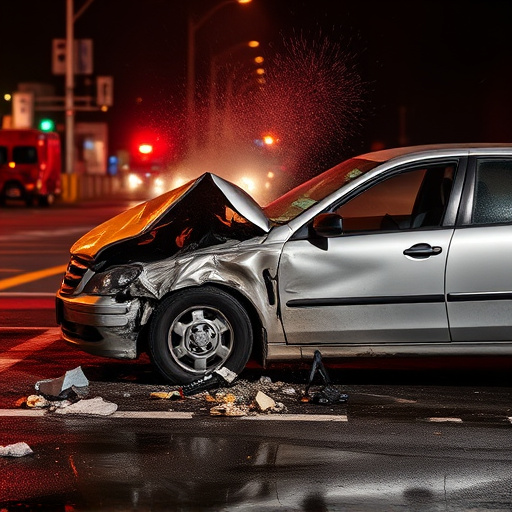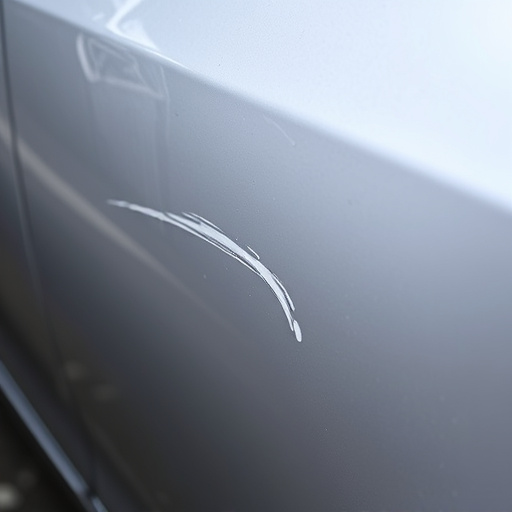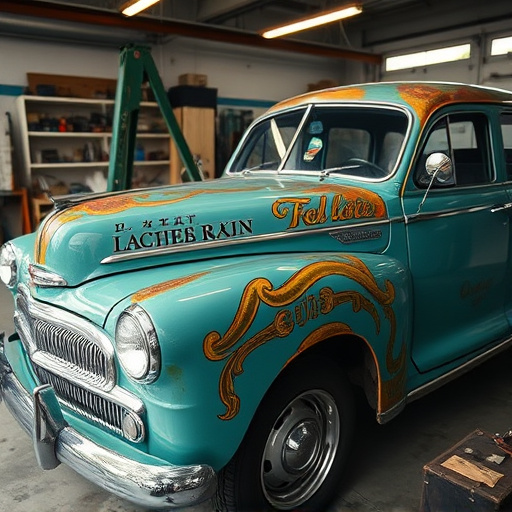Tesla diminished value claims address drops in resale value due to incidents, wear and tear, or damage not covered by warranty. The process involves assessing damage, gathering evidence of original condition, and determining post-incident market decline, considering part availability and secondary demand. Engaging specialists can aid evaluation, impacting trade-in values significantly for high-value models. Legal assessment considers severity, safety, and overall vehicle condition, offering monetary compensation or restoration services as remedies. Proactive communication with legal reps and certified restorers is key to effective claim handling.
Tesla owners often face a complex issue with diminished value claims, which can significantly impact their vehicle trade-ins. This article delves into the intricacies of understanding these claims and their effect on car values in the market. We explore the legal dimensions, providing insights into navigating potential remedies. Given the unique challenges posed by Tesla’s rapid technological advancements, this guide offers a comprehensive look at how diminished value claims affect trade-in processes, empowering owners to make informed decisions.
- Understanding Tesla Diminished Value Claims
- Impact on Trade-In Values: The Mechanism
- Navigating Legal Aspects and Potential Remedies
Understanding Tesla Diminished Value Claims
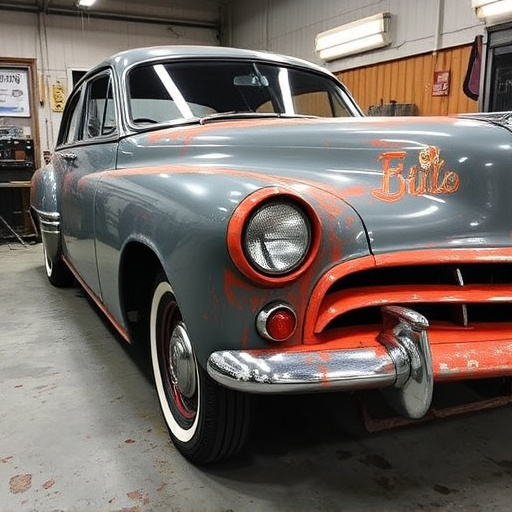
Tesla diminished value claims refer to the reduction in a vehicle’s worth following certain events or damages. This can include, but is not limited to, accidents, natural disasters, or even regular wear and tear that deviates from the manufacturer’s specifications. When a Tesla owner faces such an issue, they may be entitled to compensation for the loss in their car’s resale value. This claim process involves several steps, starting with assessing the damage and gathering evidence of the vehicle’s original condition and the decline in its market value post-incident.
The complexity of these claims lies in determining the extent of the diminution accurately. Factors such as the type and severity of damage, the availability of replacement parts specific to Tesla models, and the overall rarity or desirability of the vehicle in the secondary market play significant roles. Engaging a reliable car repair shop or automotive restoration specialist can aid in this evaluation by providing expert insights and potentially reducing the time and effort required for owners to navigate these claims effectively.
Impact on Trade-In Values: The Mechanism

When a Tesla owner files a diminished value claim, it can significantly impact the trade-in value of their vehicle. This mechanism is rooted in the principle that a car’s value is not only determined by its age and mileage but also by its condition and perceived worth in the secondary market. If a Tesla sustains damage, whether through an accident or needing specialized repairs like car paint repair or car bodywork services, it can lead to a loss in perceived value. This is especially true if the repairs are extensive or if parts need to be replaced.
Even minor dents or scratches that require car paint repair can affect the vehicle’s aesthetics, which is a crucial factor in capturing the attention of potential buyers when trading-in. As such, insurance companies and dealerships often consider these factors when assessing the trade-in value, potentially offering less compensation than the actual cost of repairs through reputable car repair services. This disparity between repair expenses and reduced trade-in values can be substantial, especially for high-value Tesla models.
Navigating Legal Aspects and Potential Remedies

When navigating a Tesla diminished value claim, understanding the legal aspects is paramount. These cases often revolve around the concept that a vehicle’s value can be negatively impacted by defects or issues not covered under warranty. Consumers may seek compensation for this perceived loss in value when dealing with manufacturing flaws, accidents, or other damage. Legal experts advise that such claims are typically assessed on a case-by-case basis, considering factors like the severity of the issue, its impact on safety and performance, and the vehicle’s overall condition.
Remedies can vary, ranging from direct monetary compensation to repair or replacement services. In some instances, Tesla or relevant automotive repair shops may offer fleet repair services or specialized vehicle restoration programs to mitigate the diminished value. These initiatives aim to restore the vehicle to its pre-incident condition, thereby potentially reducing the financial impact on owners. Remember that, in terms of a Tesla diminished value claim, proactive communication with legal representatives and certified automotive restoration specialists is key to navigating these complex issues effectively.
Tesla diminished value claims can significantly impact vehicle trade-in values, highlighting the need for both owners and dealers to understand this complex issue. By recognizing the mechanisms behind these claims and navigating the legal aspects, individuals can better protect their investments. As the electric vehicle market continues to evolve, staying informed about Tesla diminished value claims is essential for ensuring fair transactions in the trade-in process.


